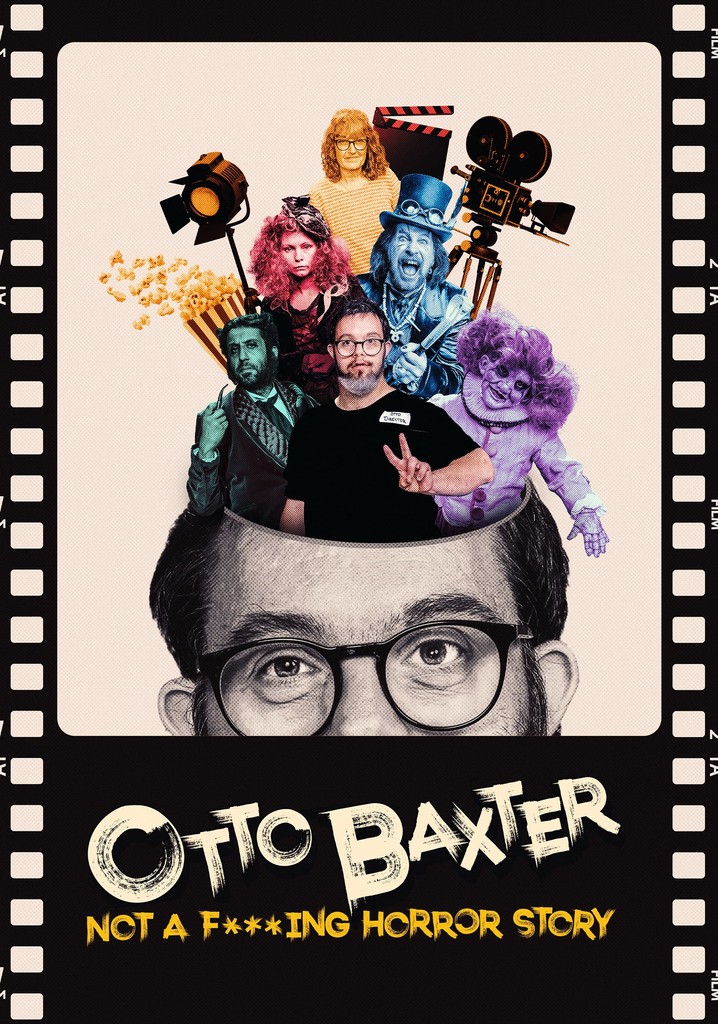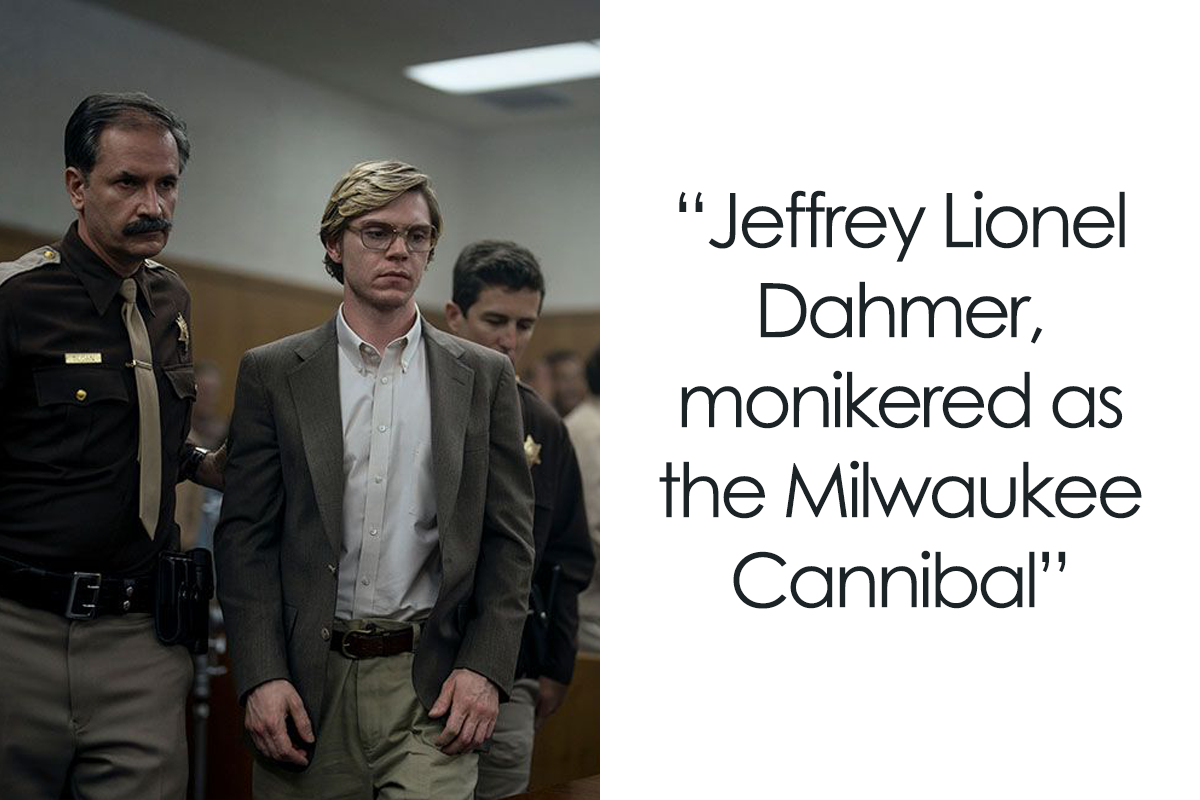Not A Fucking Horror Story: A Deep Dive Into The Genre And Its Impact
Not a fucking horror story might sound like a paradox, but it’s a fascinating concept that blurs the lines between genres in storytelling. This phrase challenges the traditional boundaries of horror by exploring themes that are more psychological, emotional, or even satirical rather than purely terrifying. As we delve deeper into this topic, you'll discover how these stories offer a fresh perspective on the human psyche and the art of storytelling.
The term "not a horror story" has gained traction in recent years as creators and audiences alike seek narratives that challenge conventional expectations. While traditional horror focuses on fear-inducing elements, this subgenre offers a more nuanced exploration of human emotions, societal issues, and personal growth. It invites readers and viewers to question what truly constitutes fear in the modern world.
As we explore this concept, we’ll uncover its origins, characteristics, and the cultural significance it holds. Whether you're a fan of classic horror or someone who prefers a more introspective narrative, this article will provide valuable insights into why "not a horror story" has become a powerful force in storytelling today.
Read also:Beyonceacute The Queen Of Modern Music And Pop Culture
Table of Contents
- Origins of the Concept
- Defining "Not a Horror Story"
- Psychological Elements in Non-Horror Narratives
- Emotional Depth and Growth
- Cultural Impact and Reception
- Examples of Not a Horror Story
- Industry Trends and Adaptations
- Audience Perception and Engagement
- The Future of Non-Horror Storytelling
- Conclusion
Origins of the Concept
Historical Context
The roots of "not a horror story" can be traced back to literary movements that sought to redefine traditional genres. Authors such as Edgar Allan Poe, Mary Shelley, and H.P. Lovecraft laid the foundation for dark narratives that explored psychological and existential themes. However, it wasn't until the late 20th century that writers began experimenting with blending genres to create stories that defied categorization.
With the rise of postmodernism, authors like Stephen King and Shirley Jackson pushed the boundaries of horror by incorporating elements of realism and social commentary. This shift paved the way for narratives that focused less on jump scares and more on the complexities of human nature.
Influences from Other Genres
Other genres, such as science fiction, drama, and satire, have also contributed to the evolution of "not a horror story." By borrowing elements from these genres, creators have been able to craft narratives that resonate on multiple levels. For example, films like "Hereditary" and "The Babadook" use psychological tension and emotional depth to deliver a more profound impact than traditional horror films.
Defining "Not a Horror Story"
At its core, "not a horror story" refers to narratives that challenge the conventional definition of horror. These stories often focus on themes such as identity, relationships, and personal struggles, rather than supernatural or monstrous elements. They aim to evoke emotions such as empathy, reflection, and understanding, rather than fear and dread.
- Emphasis on character development over plot twists
- Exploration of psychological and emotional struggles
- Use of symbolism and metaphor to convey deeper meanings
Psychological Elements in Non-Horror Narratives
One of the defining features of "not a horror story" is its focus on psychological elements. These narratives often delve into the inner workings of the human mind, exploring themes such as trauma, anxiety, and mental health. By doing so, they offer a more nuanced understanding of fear and its impact on individuals.
Case Studies
Books like "The Road" by Cormac McCarthy and films like "Jacob's Ladder" demonstrate how psychological horror can be just as effective, if not more so, than traditional horror. These stories rely on suspense, ambiguity, and introspection to create an atmosphere of unease that lingers long after the final page or scene.
Read also:Kristen Stewart And Stella Maxwell A Deep Dive Into Their Relationship And Influence
Emotional Depth and Growth
Another key aspect of "not a horror story" is its emphasis on emotional depth and personal growth. Unlike traditional horror, which often prioritizes shock value, these narratives focus on character development and transformation. They encourage audiences to connect with the protagonists on a deeper level, fostering empathy and understanding.
Character Arcs
Characters in "not a horror story" often undergo significant transformations, confronting their fears and insecurities to emerge stronger and more self-aware. This journey of self-discovery resonates with audiences, making these stories both relatable and inspiring.
Cultural Impact and Reception
The cultural impact of "not a horror story" cannot be overstated. As society becomes increasingly aware of mental health issues and the importance of emotional intelligence, these narratives offer a much-needed perspective on fear and resilience. They challenge stereotypes and promote inclusivity, appealing to a wide range of audiences.
Reception by Critics and Audiences
Critics and audiences alike have praised the depth and complexity of "not a horror story." Films like "Get Out" and "Us" by Jordan Peele have been lauded for their ability to tackle social issues through the lens of horror, while books like "The Silent Patient" have captivated readers with their psychological twists and turns.
Examples of Not a Horror Story
There are countless examples of "not a horror story" across various mediums. Here are a few notable ones:
- "The Babadook" – A film that explores grief and motherhood through a psychological lens
- "Hereditary" – A narrative that delves into family dynamics and mental health
- "The Shining" – A novel that examines isolation and its effects on the human psyche
Industry Trends and Adaptations
The entertainment industry has embraced "not a horror story" as a way to innovate and attract new audiences. Streaming platforms like Netflix and Hulu have invested heavily in producing original content that pushes the boundaries of traditional horror. This trend reflects a growing demand for stories that challenge the status quo and offer fresh perspectives.
Streaming Platforms and Original Content
Platforms like Netflix have produced critically acclaimed series like "Mindhunter" and "The Haunting of Hill House," which blend psychological thriller elements with traditional horror tropes. These adaptations demonstrate the industry's willingness to experiment and evolve, ensuring that "not a horror story" remains relevant and engaging.
Audience Perception and Engagement
Audience perception of "not a horror story" varies depending on individual preferences and experiences. While some viewers appreciate the depth and complexity of these narratives, others may find them too subtle or slow-paced. However, the overall reception has been overwhelmingly positive, with many praising the genre for its ability to provoke thought and spark conversation.
Engagement Through Social Media
Social media platforms have played a significant role in shaping audience engagement with "not a horror story." Fans and critics alike use platforms like Twitter and Reddit to discuss their interpretations and theories, creating a vibrant community of enthusiasts. This interaction fosters a deeper appreciation for the genre and encourages creators to continue exploring its potential.
The Future of Non-Horror Storytelling
As technology continues to evolve, the future of "not a horror story" looks promising. Virtual reality and interactive storytelling offer new ways to immerse audiences in psychological and emotional narratives, providing even deeper levels of engagement. Additionally, the growing emphasis on diversity and representation in media ensures that these stories will continue to resonate with a wide range of audiences.
Emerging Technologies
Emerging technologies such as augmented reality and artificial intelligence are already being used to enhance storytelling experiences. These innovations have the potential to revolutionize the way we consume and interact with "not a horror story," offering unprecedented opportunities for creativity and exploration.
Conclusion
In conclusion, "not a horror story" represents a powerful evolution in storytelling that challenges traditional boundaries and offers fresh perspectives on fear and resilience. By focusing on psychological and emotional elements, these narratives provide a more nuanced understanding of the human experience, resonating with audiences on a deeper level.
We invite you to explore this fascinating genre further and share your thoughts in the comments below. Your feedback helps us create even more engaging content. Don't forget to check out our other articles for more insights into the world of storytelling!

